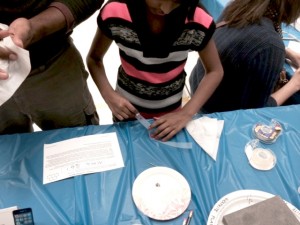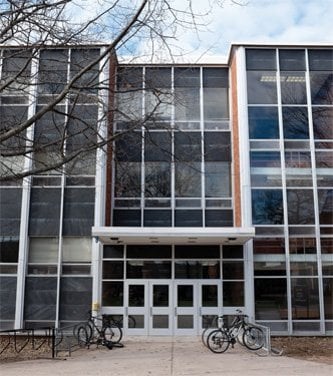PhD Students Learn to Communicate their Research
Alex Mayer, the Charles and Patricia Nelson Presidential Professor at Michigan Tech, runs a fellowship program that teaches PhD students in a variety of fields to explain their research in K-12 classrooms and to write news releases to communicate with the public through the media.
Here are this year’s student releases.
Communicating Nanoscience and Engineering – Possibilities and Pitfalls
Nanoscale science and engineering is a flourishing field that holds great potential for solving current and future problems.
But what is the best way to communicate with an audience unfamiliar with the nanoscience and engineering community? Yoke Khin Yap, professor of physics and adjunct professor of materials science and engineering, says, “In order to communicate really effectively, you need to speak in their language.”
Read more at Michigan Tech News, by Jennifer Donovan, Anika Kuczynski and others.



